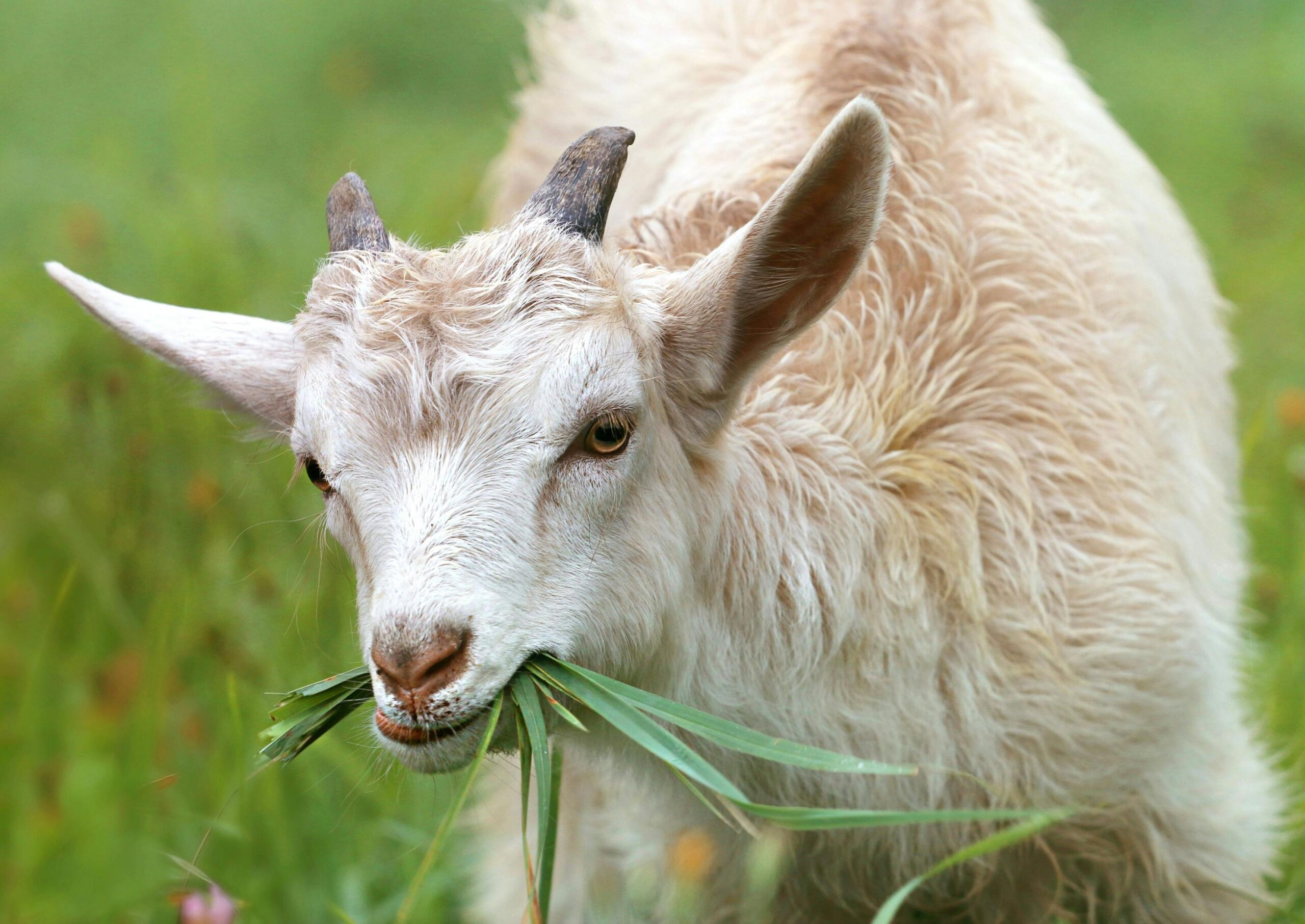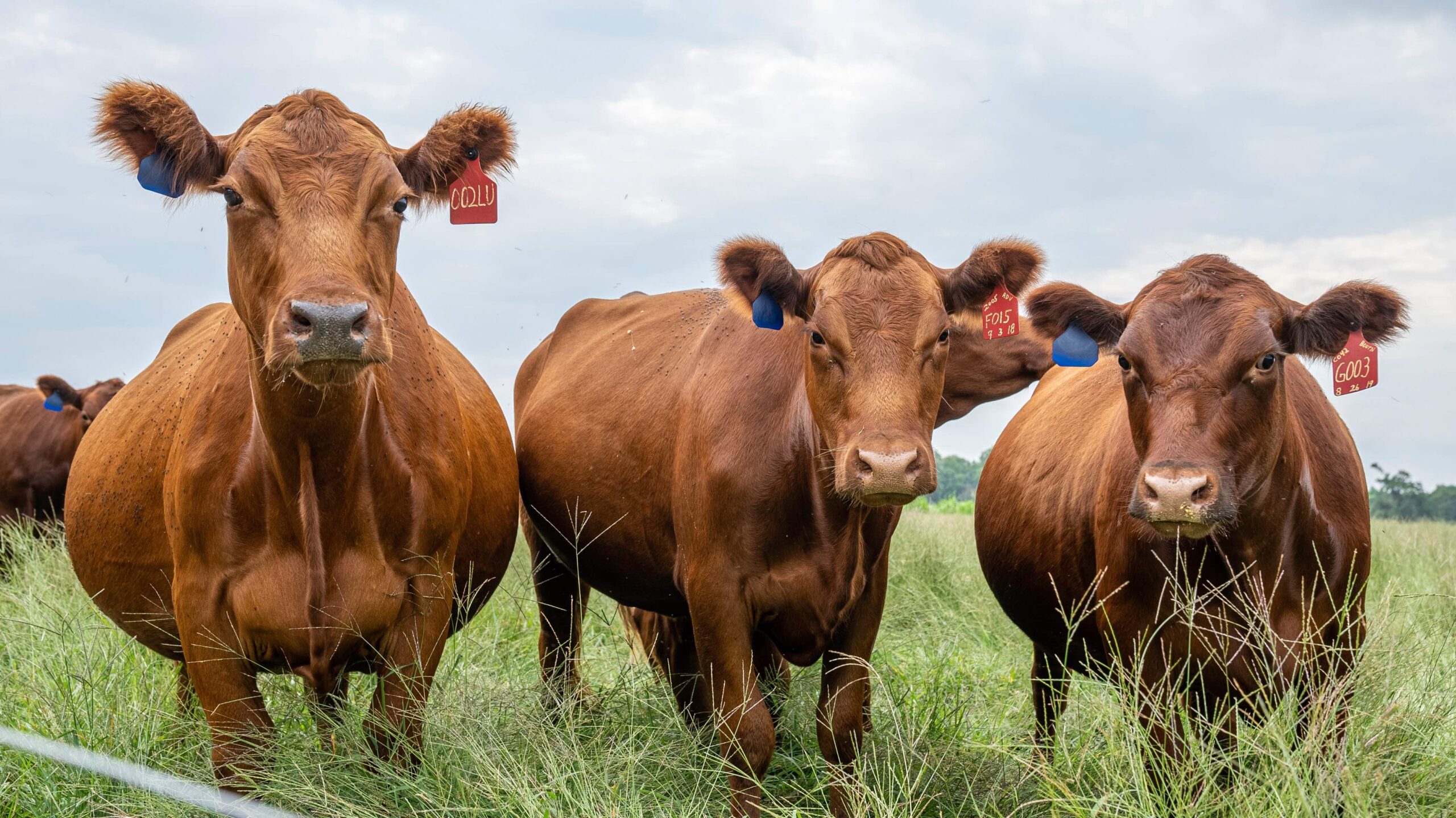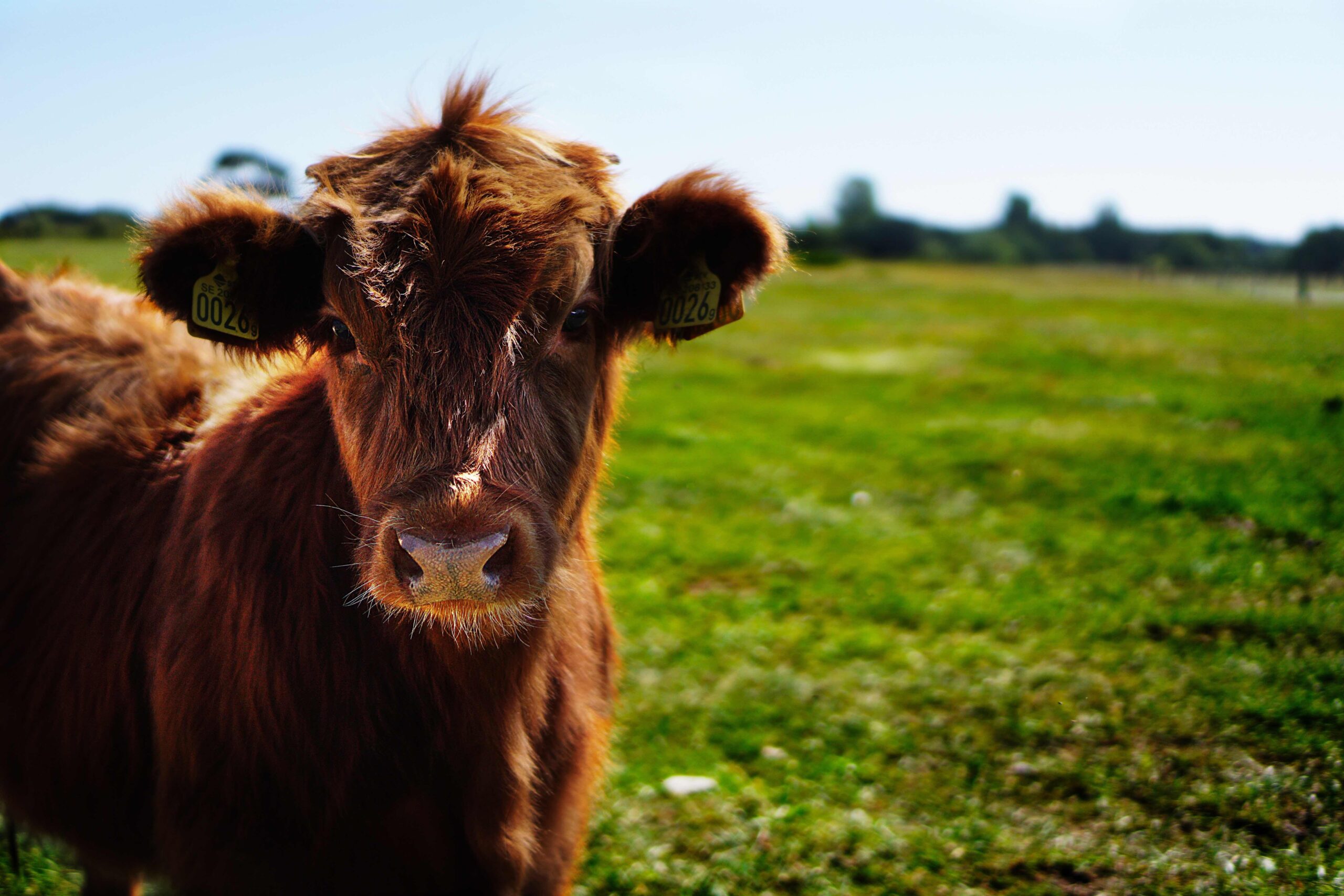In 2024 a GOAT is what they call the “Greatest Of All Time.” Despite all of the discussions of Olympians who may or may not be the greatest athletes of all time in their sport, it is also important to discuss the actual goat market. Goat production is big business in the Southern United States.
Figure 1 contains 35-50 pound and 51-65 pound selection 1 goats in Tennessee from January 2020 through July 2024. The variability in prices throughout a year is evident in that prices have typically had a $150 to $200 per hundredweight price range in a given year. Most of this is simply due to seasonality of prices, which is driven by basic supply and demand. The bigger storyline is what appears to be a softening of goat prices from the high prices seen in early 2022.
The question at hand, what is causing the negative trendline in goat prices the past few years? It is difficult to blame lower goat prices on supply, because the January 1 inventory report for 2024 indicates there are 100,000 fewer goats than the same time in 2022. More specifically, all meat and other goats account for 90,000 head of that decline with the meat and other goat breeding herd down 68,600 head from 2022. This leaves the other side of the coin, which would be the demand side for goats and goat meat. There does not appear to be people leaving the domestic market that previously demanded goat meat. One logical explanation could be the softening economy and higher price of goat meat has rationed the product. It appears goat prices may continue to decline in the near term.
Figure 1. Tennessee Goat Prices from January 2020 through July 2024.

Griffith, Andrew P. “Finding the GOAT.” Southern Ag Today 4(33.2). August 13, 2024. Permalink








